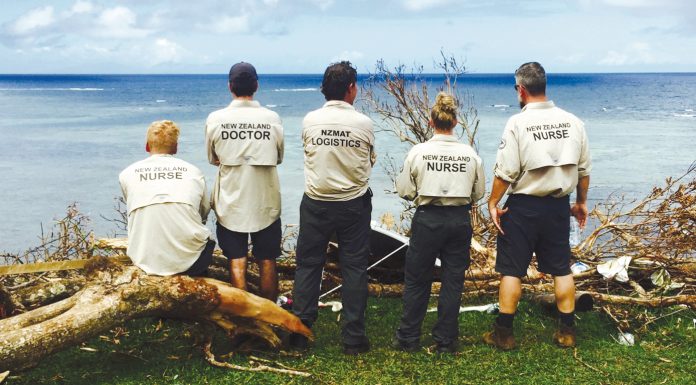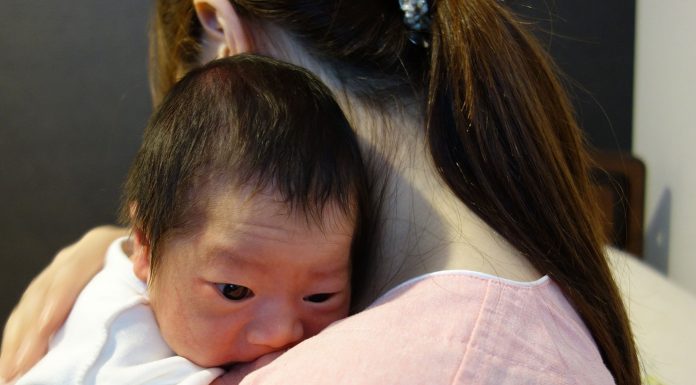
Background
Health Workforce New Zealand (HWNZ) is currently consulting on how postgraduate medical training is funded in New Zealand. There is a strong consensus that change is needed so HWNZ funding can be more responsive to future health needs.
Of the about $200 million per annum HWNZ funding, about $170 million goes to district health boards (DHBs) for mainly hospital registrar doctor costs (determined by their professional colleges) and to the Royal New Zealand College for General Practitioners (RNZCGP) for GP registrar costs. Approximately $30 million goes to ‘other workforces’, of which nursing is one.
Models to change future funding allocations have been put forward by sector stakeholders. Nursing is keen to align postgraduate funding with nursing’s capacity to contribute effectively to the New Zealand Health Strategy’s requirements. The National Nursing Organisations’ leaders group recently surveyed postgraduate nursing students on how many were funded from HWNZ’s dedicated nursing postgraduate funding pool (about $13 million a year) and how many self-funded. The survey’s aim was to quantify whether the current HWNZ funding pool was adequate.
The survey
The link to the online survey was sent to all schools of nursing to send on to their postgraduate students; 513 responses were received.
Findings
The majority of survey respondents worked in DHB acute and community services (combined 60 per cent), followed by primary health care (17.61 per cent), residential care
(6 per cent), private hospitals (just under 4 per cent) and Māori health providers (2 per cent). The DHB ‘other’ category was 6.25 per cent. Overall 82 per cent of respondents reported that they had applied for HWNZ funding and 18 per cent had not. Of those who had applied, 88 per cent were successful. This indicates that 30 per cent of postgraduate students are self-funding their study (i.e. the 18 per cent who didn’t apply but were studying, plus the 12 per cent declined but still studying). Self-funding options reported by respondents most typically involved personal funds, employer contributions and student loans.
The number of HWNZ funded respondents was probably skewed upwards as some respondents were enrolled in papers associated with the NETP (nurse entry to practice) programme or the pilot nurse practitioner training programmes, both funded from separate HWNZ funding pools than the dedicated nursing postgraduate pool.More than 90 respondents who did not apply for funding explained why, with the reasons falling into three main categories (in order of prevalence):
- Being unaware that funding was actually available until seeing this survey.
- Being actively discouraged from applying or feeling discouraged as they thought it was pointless.
- Considering the application process was too hard or they were not linked to a PDRP (professional development recognition programme) as required in some settings.
Partial funding was also significant. This included a number of respondents (in the funded category) who said they were doing two papers but were only funded for one. Additionally, a number of students commented that they were investing considerable amounts in travel and accommodation because of their distance from the education provider.
One respondent said she worked in aged care earning $21.50 per hour, did not know of her eligibility for funding and was self-funding to improve her practice. Another commented that they were not aware they could [apply for funding] and believed hospital nurses took priority. Another believed her DHB did not hold such funding.
Discussion
This simple snapshot provides useful evidence about the processes, amount and distribution of HWNZ funding for nursing postgraduate education. Thirty per cent of students are self-funding. Students who are paying for their second papers or contributing to necessary travel or accommodation, where it is not included, further increase this personal contribution to study costs.
The survey does not reveal the complexities around how funding pool decisions are made at the local level. The results suggest that there are students not employed by DHBs who are unaware that they too are eligible for HWNZ funding. The HWNZ training specification is clear that nurses working for government-funded health services – like residential aged care and primary health care – are eligible for postgraduate funding.
We know that currently there is limited HWNZ investment in developing future nursing faculty staff. University nursing schools require doctoral education and all nursing schools require clinical and non-clinical educational development for staff. Currently HWNZ does not fund nursing doctoral students who are either self or scholarship funded.
We also hear anecdotally from students that significant preference is given to clinical papers, which leaves a gap in both leadership and faculty development. The HWNZ training specifications do not make any such limitations or directives; however, interpretation and priorities vary nationally.
Nursing innovation and increased contribution is ideally underpinned by appropriate postgraduate education. Postgraduate education increases not just competence but also confidence and personal efficacy. Clearly there is room for a much greater national investment.
 The ongoing review of HWNZ funding will need to critically examine the degree to which current investment in nursing postgraduate education aligns with the goals of the refreshed Health Strategy. Investment could capitalise more powerfully on the major achievements nursing has made in becoming a flexible, responsive, highly generalist workforce closely aligned with those very goals. :
The ongoing review of HWNZ funding will need to critically examine the degree to which current investment in nursing postgraduate education aligns with the goals of the refreshed Health Strategy. Investment could capitalise more powerfully on the major achievements nursing has made in becoming a flexible, responsive, highly generalist workforce closely aligned with those very goals. :
AUTHOR: Professor Jenny Carryer is the executive director of the College of Nurses






















